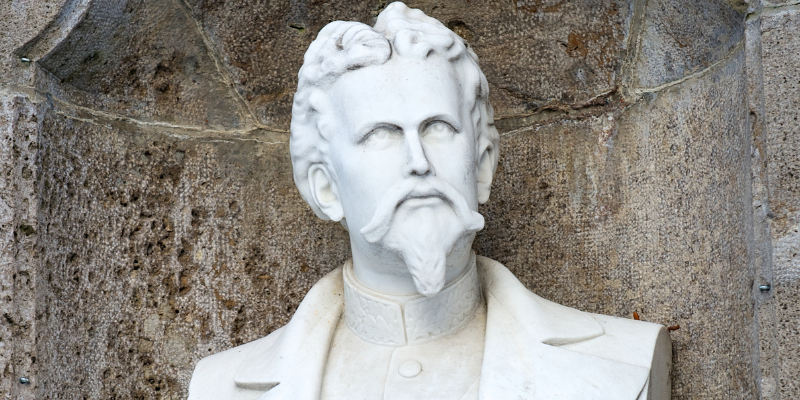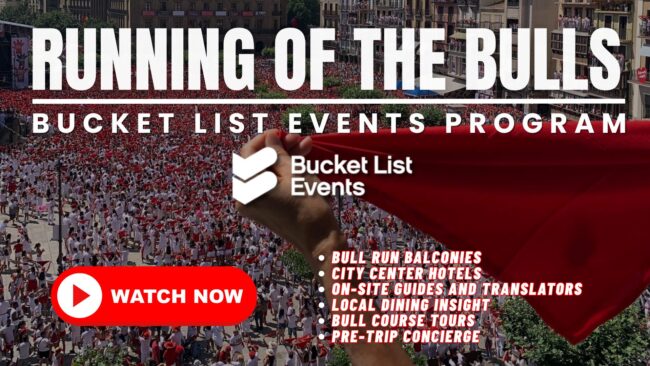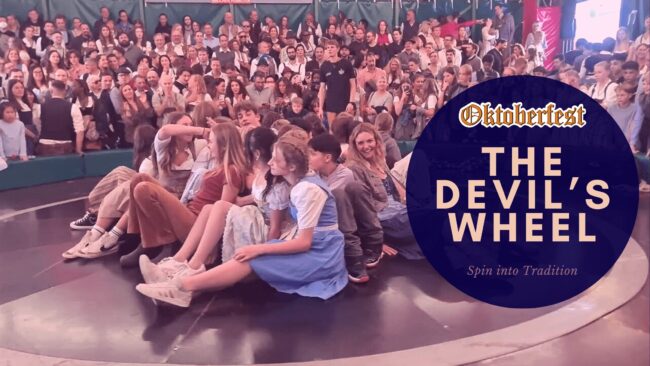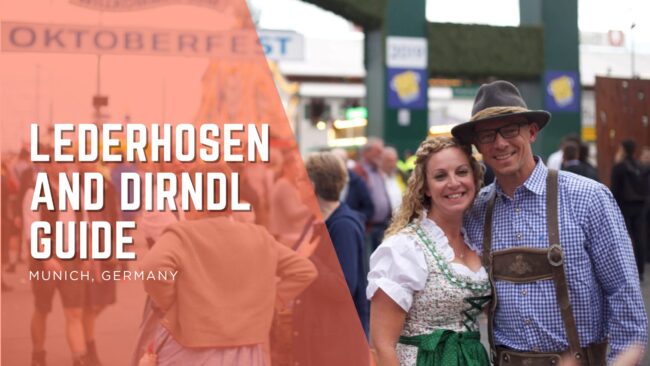The Enchanting Tale of Neuschwanstein Castle
Nestled in the rugged terrain of the Bavarian Alps near Füssen, Germany, the Neuschwanstein Castle stands as a testament to the romantic era of architecture and the enduring legacy of an enigmatic king. Built in the late 19th century, this fairy-tale fortress not only captivates with its stunning beauty but also harbors a history as intriguing as its appearance.
The Dream of a Swan King
The story of Neuschwanstein Castle begins with Ludwig II of Bavaria, often referred to as the “Mad King” or the “Swan King.” Ludwig ascended to the throne in 1864 at the age of 18, and his reign was marked by a deep fascination with the arts, particularly the operas of Richard Wagner. Ludwig’s passion for Wagner’s works and his longing for a bygone era of knightly valor inspired him to create a palace that would serve as a homage to German mythology, much of which is reflected in Wagner’s operas.
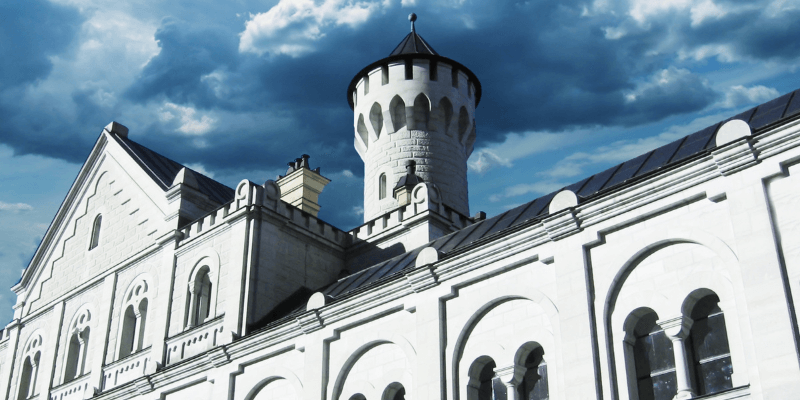
Architectural Marvel
Construction of Neuschwanstein Castle started in 1869, under the direction of stage designer Christian Jank and later, architect Eduard Riedel. The castle was designed to be a personal refuge for the king, but also a tribute to the medieval age of chivalry. Its architecture is a blend of Romanesque, Gothic, and Byzantine elements, which together create a picturesque ensemble against the backdrop of the mountains.
Despite its medieval appearance, Neuschwanstein was equipped with state-of-the-art technology of the time. It featured amenities such as running water on all floors, automatic flush toilets, and a heating system throughout the building. The throne room, with its intricate mosaics and majestic two-story throne canopy, exemplifies the lavish interiors that complement the castle’s dramatic external design.
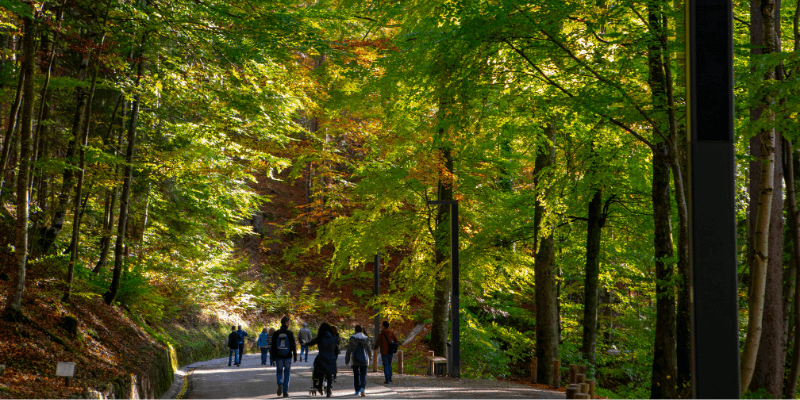
A King’s Solitude
Ironically, King Ludwig II spent very little time in his beloved castle. He lived in it for a mere 172 days, as his secretive nature and increasing isolation kept him away from the public eye. Financial troubles and political pressures also plagued his reign. In 1886, amid controversial accusations of mental incapacity, Ludwig was deposed and died under mysterious circumstances shortly thereafter. Neuschwanstein Castle was opened to the public just weeks after his death, quickly becoming one of the most popular tourist attractions in Germany, ranking #2 most attended behind only the Berlin Wall.
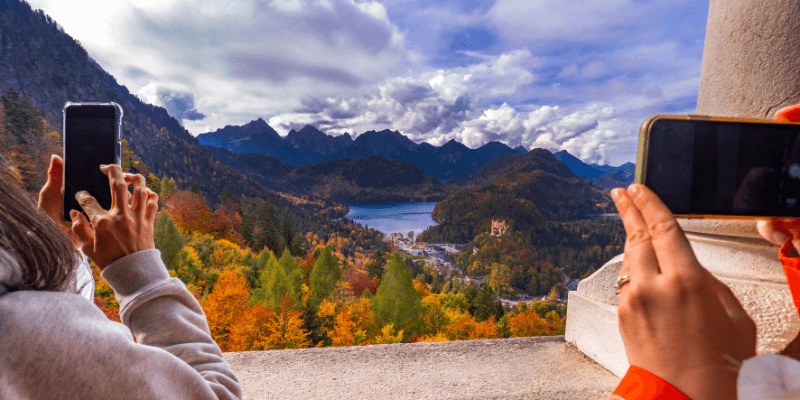
Legacy and Influence
Today, Neuschwanstein Castle attracts more than 1.3 million visitors annually, drawn not only to its architectural splendor but also to the tragic story of its creator. The castle has deeply influenced popular culture and was the inspiration behind Disneyland’s Sleeping Beauty Castle. It continues to be a symbol of romantic idealism and the personal dreams of King Ludwig II.
Through its soaring turrets and fairy-tale façade, Neuschwanstein Castle embodies the imagination of its visionary king. It remains a lasting monument to the ideals of romanticism and the personal tragedy of a king who, while perhaps misunderstood in his time, created a legacy that has enchanted the world for generations.


